Chess Travels (my journey to IM)
Now that I’m cooped up, practicing my social distancing skills, I figured it was about time to update the blog, to reflect on a time, not too long ago, that I was able to travel across Europe and realize a goal of becoming an International Master. I’ve chosen for this post to focus more on the travels and how I prepared and was feeling during the tournaments, but I’ve also included some annotated games, if that’s what you’re into.
In the summer of 2017, I was able to score my second and third International Master norms, and raised my rating above 2400, attaining the IM title.
When I was in Montreal, planning out the tournaments that I would play, I decided to choose tournaments in cities and countries that I wanted to visit, where I would enjoy myself regardless of how the tournaments were going. I think this ultimately took some pressure off me during the tournaments, as the quality of my trip — or the quality of my summer — was not just dependent on how I played, but also on the new experiences that I had and the new cultures that I was exposed to. This mindset really allowed me to enjoy my trips, and probably allowed me to play better chess. My travels took me to Iceland, Netherlands, Denmark, Italy, Latvia, back to Italy, and Spain; and I was able to share these experiences with long-time friends, and my mom who joined me for a week in Amsterdam, in between tournaments.
Before I played in Europe this summer, I had worked quite a bit on my chess. I was really fortunate live minutes away from (now) Grandmaster’s Aman Hambleton and Eric Hansen in Montreal, which allowed me to look at chess with them, and see how they approached the game. This really opened my eyes and gave me some perspective into just how much there is to know and how complicated the game is. In the months leading up to my trip to Europe, I also played on the Montreal Chessbrahs team in the Pro Chess League. Each week, I got to play against four strong players, in rapid chess. This turned out to be really beneficial for my chess in multiple ways. First, the games were great motivation to prepare and gave me good material to analyze. But what was perhaps a more important, unintended benefit was that all of the games were published, so many of my opening ideas would be known to future opponents. Initially, I didn’t think this was ideal, but by virtue of knowing my games were published, I was forced me to keep on developing, to learn new openings and to come up with new ideas, and I think I needed this to make the next jump in my chess.
My European journey began in Reykjavik, Iceland on a high note, traveling with Aman Hambleton. This tournament was special for both of us, with Aman scoring a GM norm, while I scored an IM norm. Other Canadians flocked over to Reykjavik, so coupled with the fresh Icelandic air, extremely friendly Icelandic people, a beautiful playing venue overlooking the ocean and glaciers, and fantastic organization, we were surrounded by some friendly Canadian faces. This tournament was particularly important for me, because I think it solidified my belief that if I were to continue working at my chess, that I would have a good shot of making the IM title. My Rd. 5 game against Burak Firat is analyzed here.
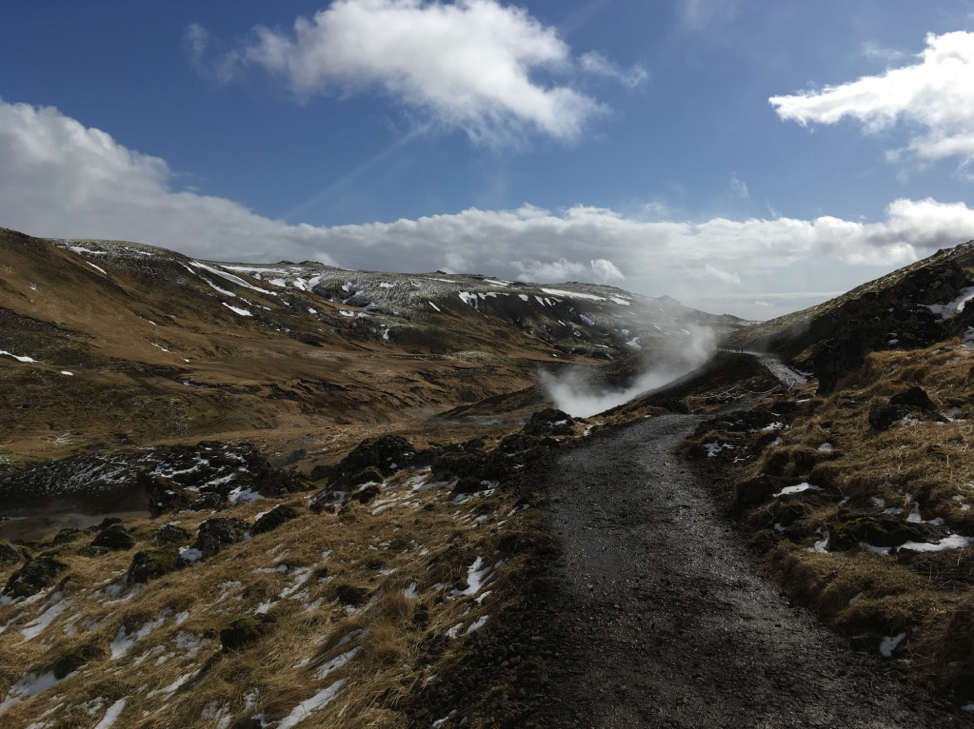
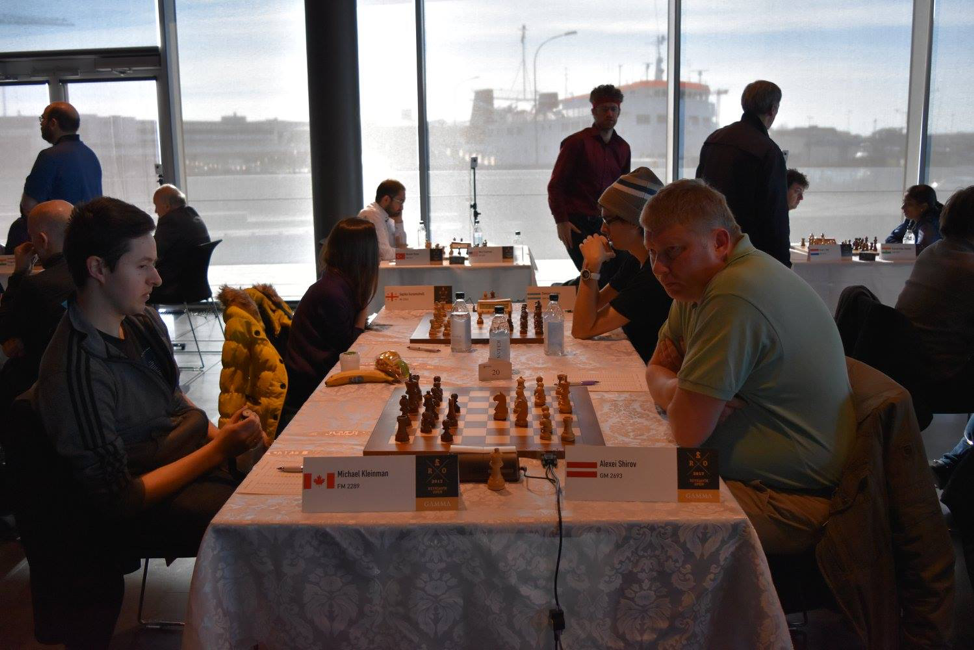
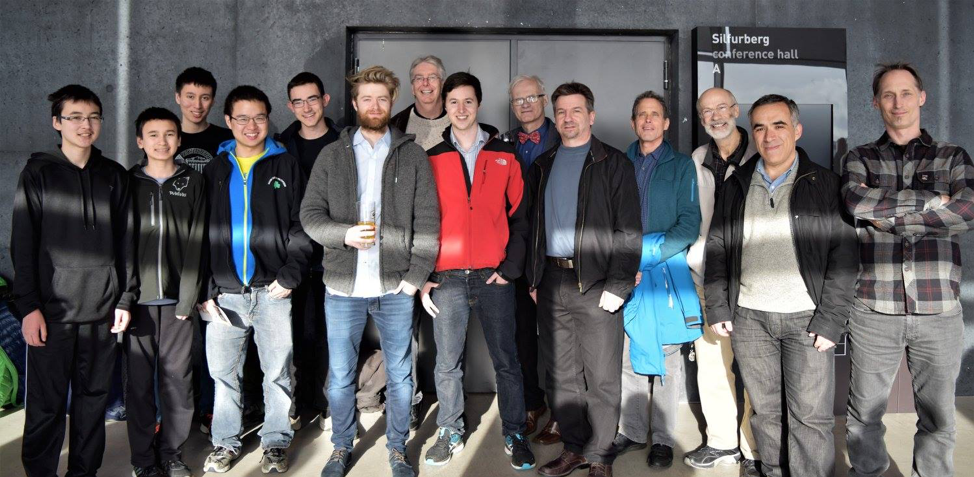
I then headed to Copenhagen to meet up with a good friend, David Itkin, to play in the Copenhagen Chess Classic. I’ve annotated my last round game against then FM Jonas Bjerre (now a GM), a strong junior from Denmark (link to game).
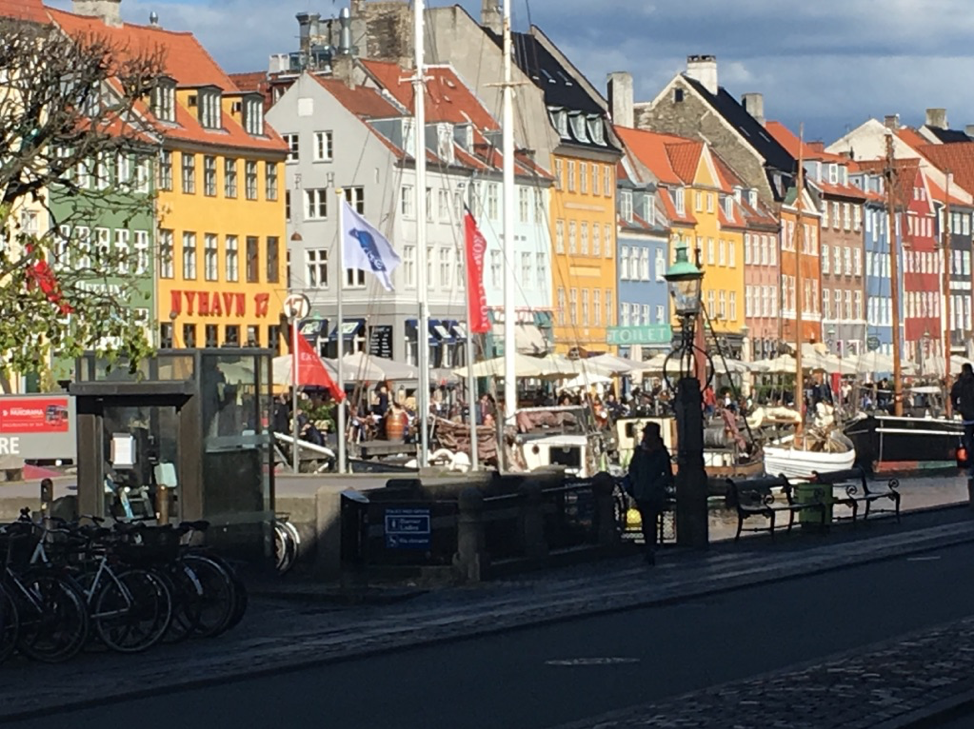
After Copenhagen, David and I spent a couple days in Rome. While walking to the Vatican, we happened to stumble by a local chess club where some locals were playing chess. It turns out that the Chessbrah brand has a global reach (even back in 2017), and many players at the club were big fans of the Chessbrah stream and immediately welcomed us at the club, and later gave us a personal tour of parts of Rome.
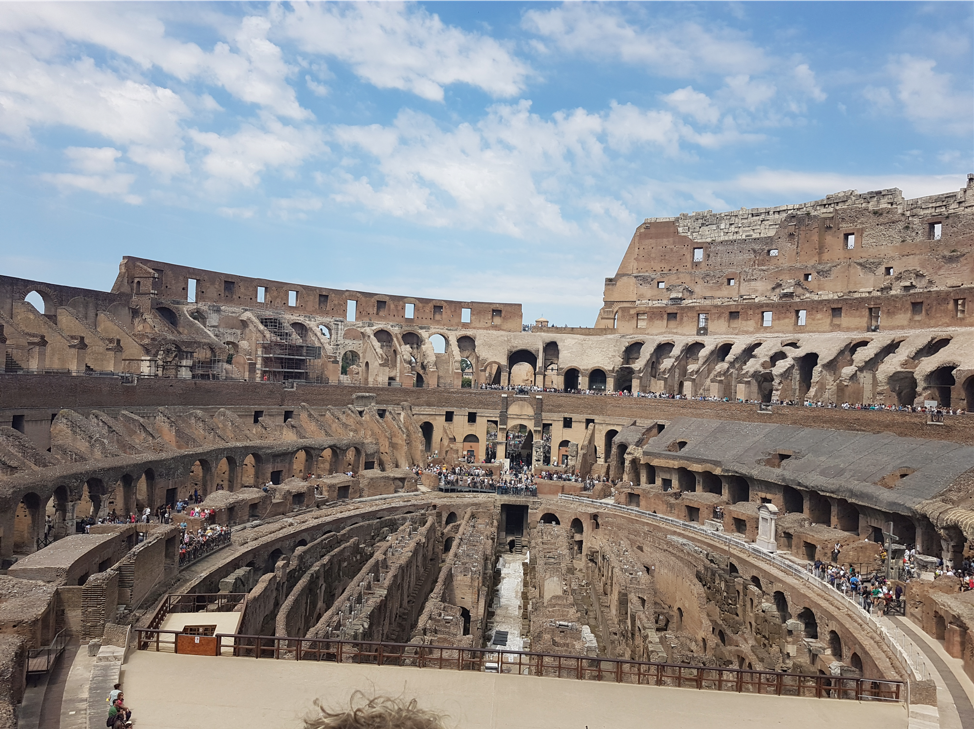
We arrived in Solento, a small town in Southern Italy to play a tournament at a resort, called the Solento Open. The conditions were fantastic; we were right next to the beach and had delicious Italian meals and drinks at the resort. I’ve annotated my game against GM Csabo Horvath, which was the longest game of my life, where we played for 127 moves, through dinnertime and through a football (soccer) side event. I ultimately missed a couple chances to take home the full point. The next morning, apparently Csabo was beaming at breakfast, exclaiming to others that “[He] felt like he won the game” by holding the draw. I slept right through breakfast. Even though I let him off the hook, missing a delicious dinner and a football side event in the process, this game was a confidence booster for me. I really felt that as long as I could keep applying pressure, that even experienced Grandmasters would be uncomfortable, get tired, and make mistakes.
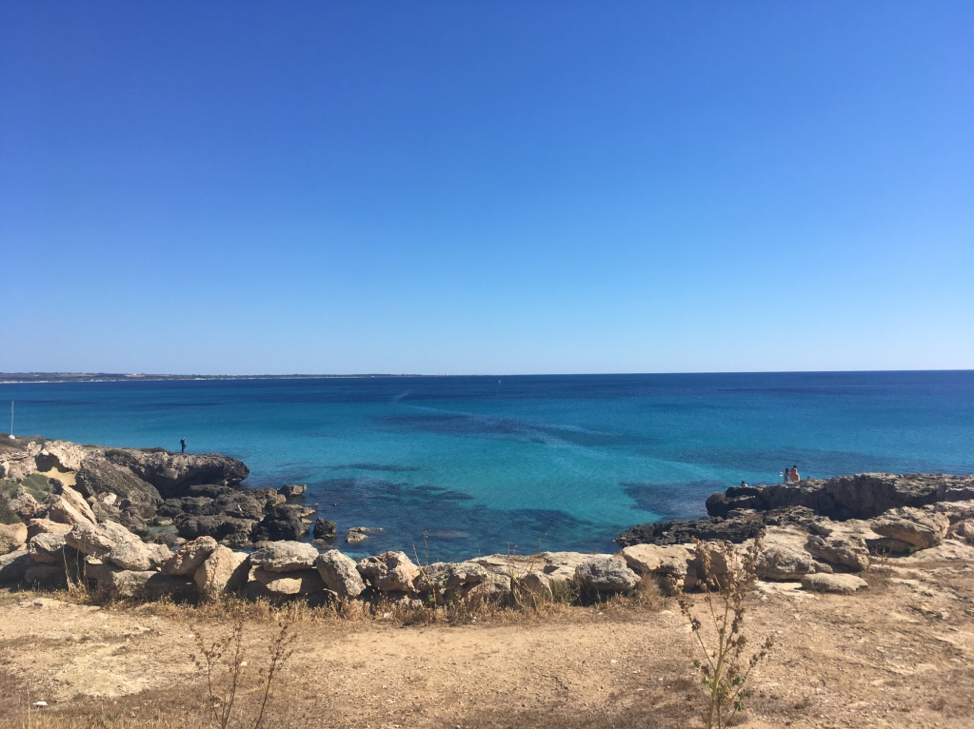
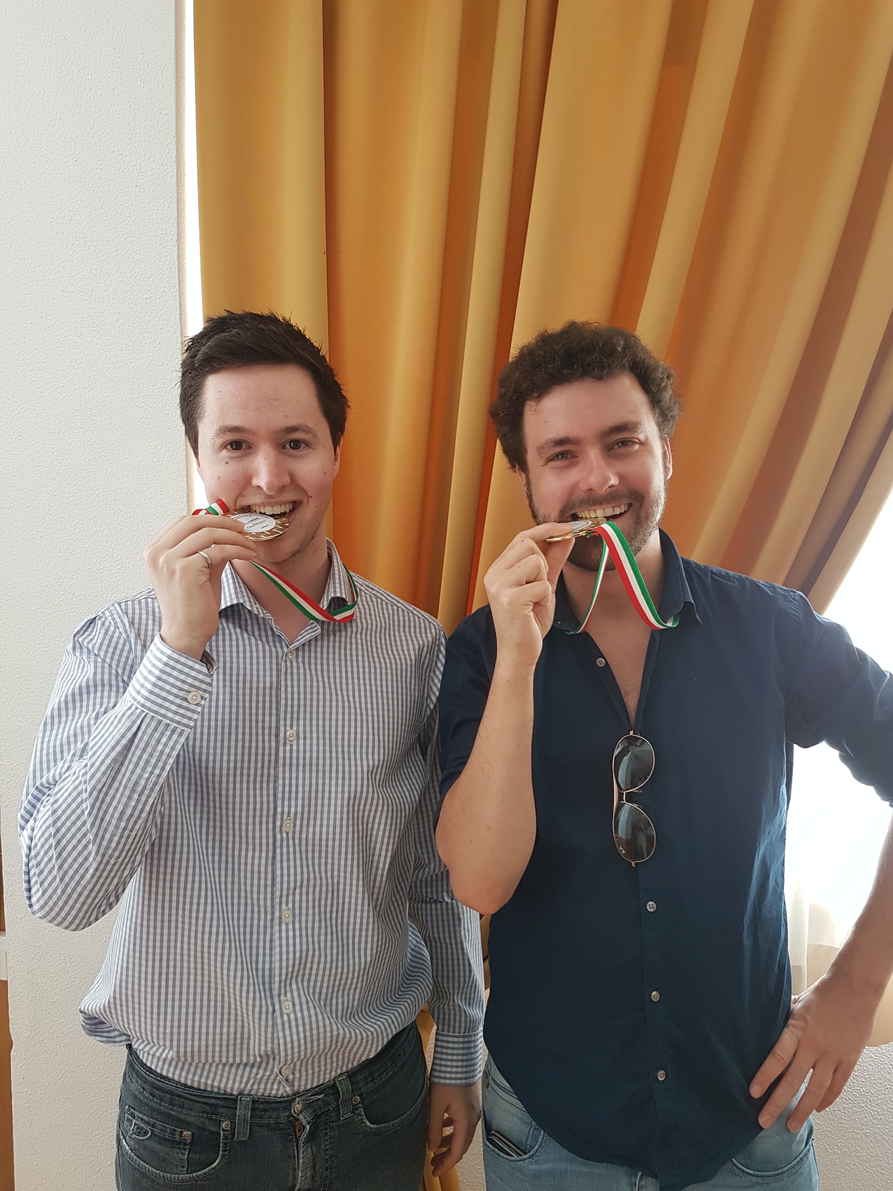
I then returned to Canada and even though I was happy with my results, I knew that I had used many of the ideas that I had previously worked on, and that again, like after the PRO Chess League, I had to keep on developing. I made a point to learn a solid opening against e4, both as a means of having a more solid option, but also as a way to become more familiar with quieter, more positional positions.
Truth be told, I had initially only planned one European trip. I had some research related work that I was planning on focusing on afterwards but felt that I was playing some pretty good chess, and decided to put the research on hold, and instead focus on chess for the rest of the summer. While on the first leg of my European trip, I did not have any real expectations, but I definitely booked the second trip with the intention of returning to Canada as an IM, and I think I put in the preparation necessary for this to become a reality. In Toronto, I met up with then FM, and now IM Shiyam Thavandiran to look at chess together, and also had a couple lessons with my former coach, GM Bartek Macieja, over Skype.
For the second leg, I was joined by a long-time friend Mike Ivanov from Toronto, and James Chan from British Columbia. We decided to play the Fano by the Sea Open in Italy, the Riga International, and the Barcelona Sants Open. In both the Fano by the Sea Open and Riga International, I gained a bit of rating but really did not feel like I was my best chess throughout. I had my moments, but also missed some important chances in some games. Everything then seemed to click in Barcelona, where I scored my third and final IM norm, and in the process raised my rating above 2400. At the Barcelona Sants Open, we were joined by a really good friend of mine and former McGill teammate Raven Sturt, and Joe Roback from British Columbia. We were all staying in an Airbnb together, a few minutes from the tournament site.
We were actually in Barcelona the day of the terrorist attack, and had been on the same street of Las Rhombas, right where the attack took place the night before. An event like that really puts the game of chess in perspective, reminding you how little the results of our game really matter in the scope of the world. The organizers announced that the tournament would continue as scheduled, and that we would try to continue our lives. We observed a moment of silence before the first round of the tournament, and then started the tournament.
For me, the critical game was in Round 3, as Black against GM Erik Blomqvist, who beat me at the Reykjavik Open in the final round, in the game where I was playing for a GM norm (link to game). In round 8, in a game that would ultimately guarantee me the third norm, rating, and title, I was playing on the White side against IM Nicholas Brunner from France. In this game, I actually played a new line against 2… d6 in the Sicilian, and it really paid off (link to game with analysis).
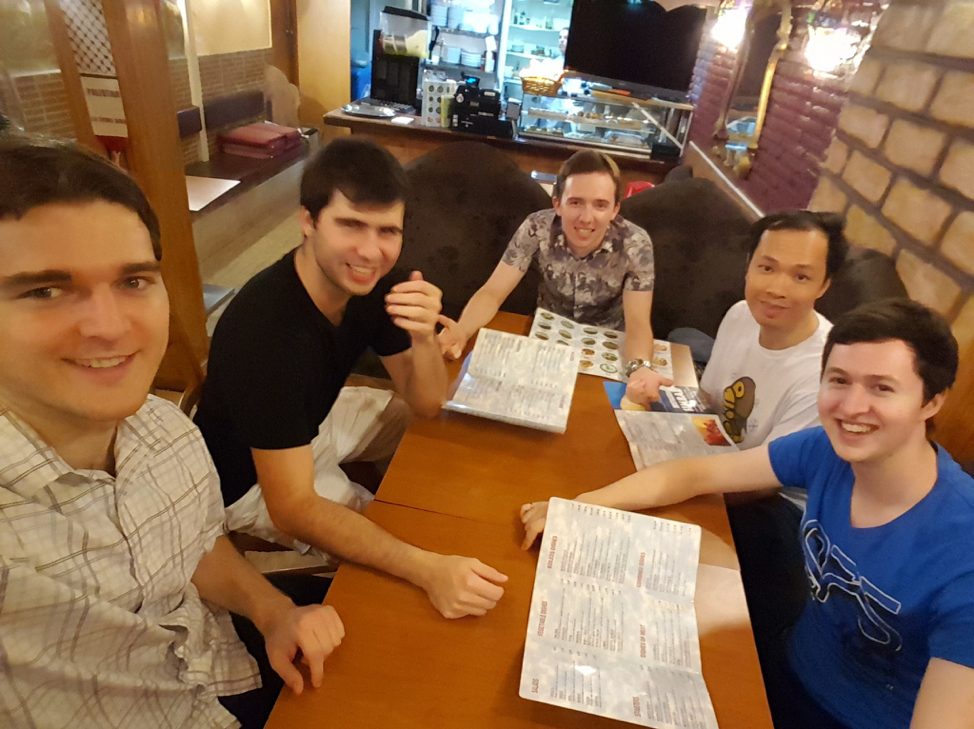
Overall, I’ve found that to improve in chess, it’s really important to always be open to learning, from anybody, regardless of their title. I’ve worked with three coaches over the course of my life, starting with FM Yura Otchkoos when I was very young, to IM Yan Teplitsky, and finally to GM Bartek Macieja, who I worked with for two years during high school, and briefly during the summer, when I wanted to cover all my bases and give myself the best chance of getting the IM title. I owe a ton of credit to Bartek, who really made me a much more complete player; helping me in all aspects of my game, especially my endgames. This aspect of my game turned from a weakness to a strength. Now, it’s probably the part of the game that I most enjoy, combining precise calculation, knowledge of theoretical positions, and focus, as it occurs hours into a game when both players are tired. I’ve also been fortunate to look at chess with strong players; I was surrounded by strong players at the McGill Chess Club such as Keith Mackinnon, and Raven Sturt, which kept me thinking about chess during my undergraduate studies. I also lived minutes away from Aman and Eric in Montreal, and talking and looking at chess with them really helped my game. I also looked at some chess with David Itkin, Mike Ivanov, and Shiyam Thavandiran, and I think I learned something different from each of them. Most of all, I think what helped me make the jump from FM to IM was an openness to explore new positions, and to try and learn something new from many different players.
I think I learned a lot about chess in the course of earning the IM title, and am really starting to appreciate just how complicated and beautiful the game of chess is. Like in other fields, there is truth to the saying, “The more you know, the more you realize you don’t know.” I’m hoping that I’ll be able to continue learn a bit more about the game, and perhaps, someday, I’ll earn the game’s highest title – and maybe write another blog post :).